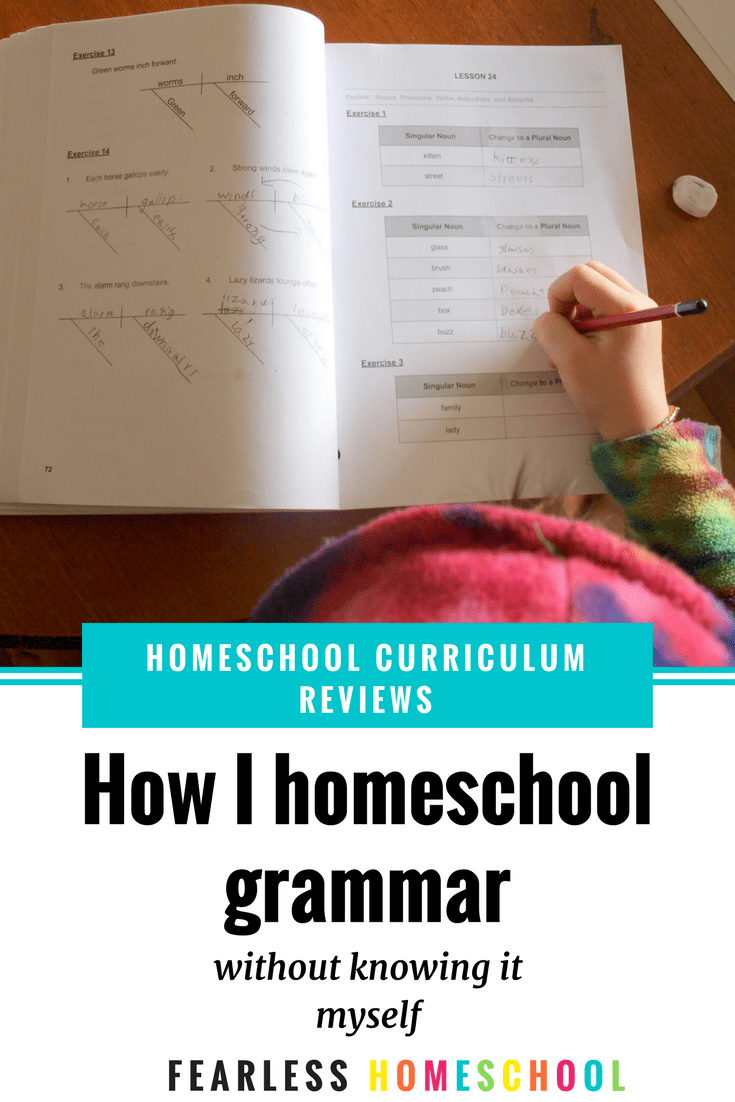
Here’s a question I received recently –
“I saw a photo of your son diagramming sentences – I don’t know how to do this but lots of people talk about it on homeschool groups. Where do I even START teaching something like that to my children?” Steph.
Ah, that would be this photo. I’m only too happy to answer this question because it talks about one of my favourite subjects – grammar! Here’s how I’ve turned out family into grammar nerds with no knowledge myself.
Seriously. After 13 years of full-time education, my total grammar knowledge could be summed up in two sentences.
Nouns are naming words.
Adjectives are describing words.
That’s IT.
Of course, I’d unconsciously internalised a lot of grammar due to reading, and I could mimic it well enough when writing. But when a sentence or paragraph didn’t work I often couldn’t work out why, or how to fix it. When reading about how to improve my writing I couldn’t work out how to apply the knowledge, because most of it used grammatical terms that I didn’t understand. And when learning a second language I was great at memorising vocabulary, but struggled when it was time to put it all together – I couldn’t use make a noun – adjective – verb sentence when I didn’t understand what those things were.
Susan Wise Bauer describes the same problem in The Well-Trained Mind when telling how she tutored her peers in introductory grammar in college – the stuff she learned before she was a teenager. They were lost when it came to writing essays and foreign language, just like me. They were smart enough to learn the content in advanced subjects, but they lacked the core tools to study and understand these subjects without being frustrated by basic problems.
I decided my children wouldn’t have the same problem. But how would I teach something I didn’t understand myself?
The solution, when homeschooling, is easy – get great resources and learn alongside your children. We really don’t need to be the experts. Often a keen and interested co-learner is just as good, if not better, than an expert teacher – as long as you have the right resources.
Here’s what we’ve used to learn grammar.
First Language Lessons for the Well-Trained Mind Review
First Language Lessons for the Well-Trained Mind, by Jessie Wise (Susan Wise Bauer’s mother), provides a fantastic and comprehensive foundation of grammar. It teaches parts of speech, diagramming, punctuation and more. It also includes poem memorisation, narration and dictation.
It assumes no prior knowledge – it starts with the absolute basics, it explains concepts clearly, and there’s enough repetition to make sure it sticks. Lessons usually take less than 15 minutes each. The parent book is completely scripted so there’s no need to understand anything before you start a lesson, you simply open it and start reading aloud. Honestly, I thought scripting sounded awful and boring before we started this, but now I love it. It makes my job incredibly easy.
There are four levels in the series, each with a parent’s book and student book. They’re designed to start using Level 1 at around age 5-6, but because of the repetition we completed books 3 and 4 starting at age 8 and didn’t miss anything.
With the grammar just from First Language Lessons my children have been able to learn foreign languages without stress – including understanding noun declensions and verb conjugations in Latin.
You can do them at any age if you’re late to grammar – my husband did them in his thirties (our daughters were the teachers) because he was about to start studying after never really studying before – even at school.
For us, these are a must-do.
Purchase from Book Depository | Amazon | Peace Hill Press (samples available)
Grammar Galaxy Review
Grammar Galaxy is a story-based curriculum that follows the English children and their adventures fixing language problems in their galaxy.
I’m currently working through Grammar Galaxy Nebula (the first level) with my boys. It covers all language arts, not just grammar, so if you use this you’ll also cover all of your spelling, handwriting, comprehension, vocabulary, and composition skills. It covers EVERYTHING!
The best bit? They both LOVE it and get excited about it in a way that most people don’t really get excited about First Language Lessons. They actually track me down and tell me it’s time to do it. They love the stories, the havoc that the Grammar Gremlin causes, and the chaos that ensues when people are unable to use suffixes or homographs disappear.
We stopped doing Grammar Galaxy when we went travelling for 20 months. But a few weeks after we got home Forrest said, ‘Hey mum, now we’re in a house can we do Grammar Galaxy again? PLEASE?!’
Of course, I ordered and printed out Protostar the same day. Enthusiasm has to be rewarded!

Grammar Galaxy isn’t like most curriculum, where you buy it and your contact with them is finished. We receive monthly mission calendars, with links to extension activities and other fun challenges, and get access to an active Facebook group. And if you tag @grammargalaxybooks on social media you can also win monthly prizes!
Purchase direct from Grammar Galaxy (samples available)
Unfortunately, international shipping isn’t available, because it costs more than the product itself (us Aussies are used to that). I’m happy using the PDFs, because they’re laid out really well and print easily – I print out the student books and read the parent book from our e-reader.
Summary? I highly recommend you try Grammar Galaxy – it’s a lot of fun, and it’s rare that kids actually ask to use curriculum, so take advantage of it!
Grammarly
Grammarly is like your word processor’s spell check, except it actually works. Really well.
Installing it on your computer or device, plus your web browser, means it automatically checks everything you write. And it really is automatic – one click on an underlined word brings up a suggestion for correction. Simply click on it to change it automatically.
Plus, I really enjoy the weekly progress emails I get. My vocabulary and word count are usually great – my accuracy isn’t (I’m a fast but clumsy typist). But now I know it’s improving.
Having it check everything we write makes it great for maintenance and those times when something we’ve written isn’t quite working. As we type out emails or write stories it’s all checked and corrected. I never realised that my comma usage was pretty random, that I used ‘there’s’ all the time when I should be using ‘there are’……..and although I knew I should be capitalising the I in I’m I was too lazy to train myself to actually do it until the little red lines started popping up everywhere.
There’s also a plagiarism checker I’ve used for my university essays, which will be useful for the children in a few short years (where has the time gone?).
Sign up for a free Grammarly account here
Bonus – They have fantastically nerdy jokes on their blog – I use cartoons and funny sentences like these for incidental learning – check them out.
What next?
Really, I’m not quite sure. Although First Language Lessons, Grammar Galaxy and Grammarly will give your child above-average grammar knowledge (isn’t that mind-boggling?) we’d like to learn more. Writing and speaking well are incredibly important in nearly every area of life, and strong skills in grammar will provide a solid foundation for our children to reference and build on.
We reviewed a number of advanced programs when we finished First Language Lessons, but none seemed to suit us (and the postage to Australia was obscene). Then we found out that Peace Hill Press had released the next level, Grammar for the Well-Trained Mind! There was much geeky excitement (and maybe some groans from certain children).
I bought it the same day. I bought hard copies of the Core Instructor Text and the Comprehensive Handbook of Rules (both cover all four years) from Book Depository, and the PDF version of Student Workbook 1 and Key to Student Workbook 1 from Peace Hill Press.
But it wasn’t a success. In short, GWTM was too in-depth. First Language Lessons is an introductory level and useful to everyone, but GWTM seems more at a professional/university level. We did about 40 lessons but the girls protested that they didn’t need that level of knowledge and they weren’t enjoying it or finding ways to apply it, and they were right, so we stopped.
If my kids had a special interest in language, grammar, and editing it would be great, but they don’t, so it didn’t work for us.
I’d love to try something in-between – something that extended and reinforced the concepts from First Language Lessons without going too deep too quickly. If you know of anything please let me know in the comments!
Hopefully, this gives you the resources and guidance you need to become a grammar nerd yourself, and together we can reduce the number of times we see abominations like alot, or loose weight.
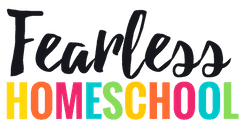
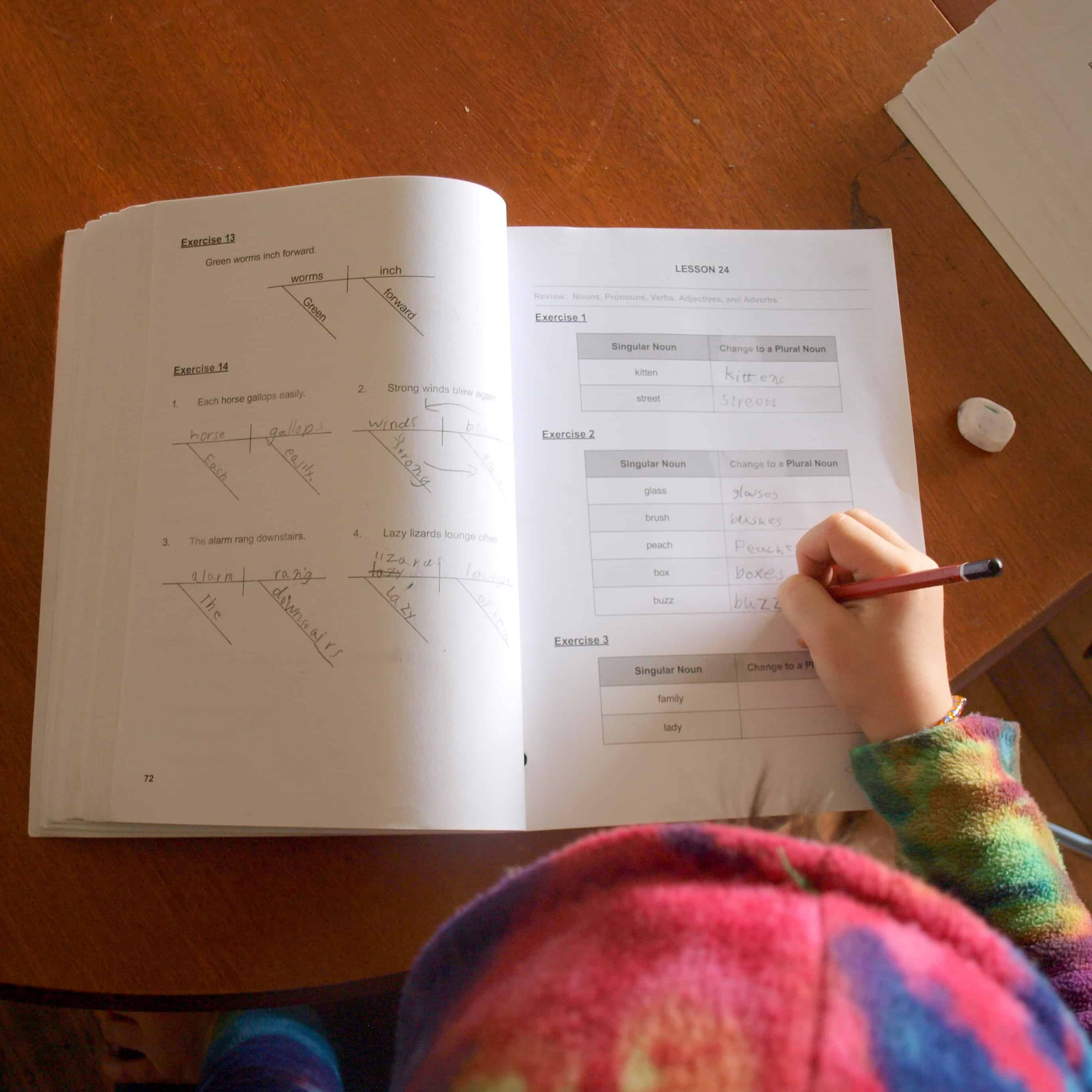
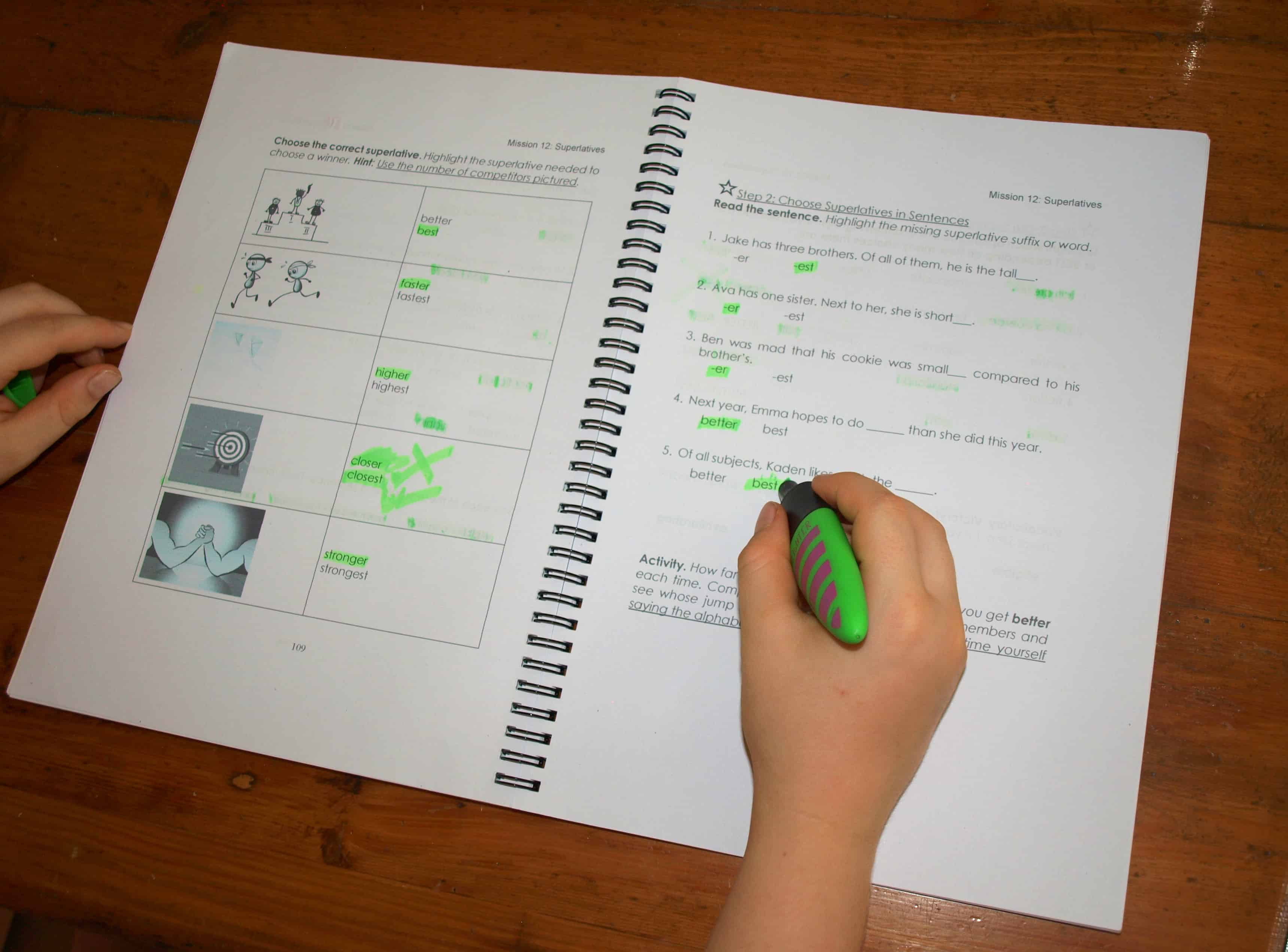
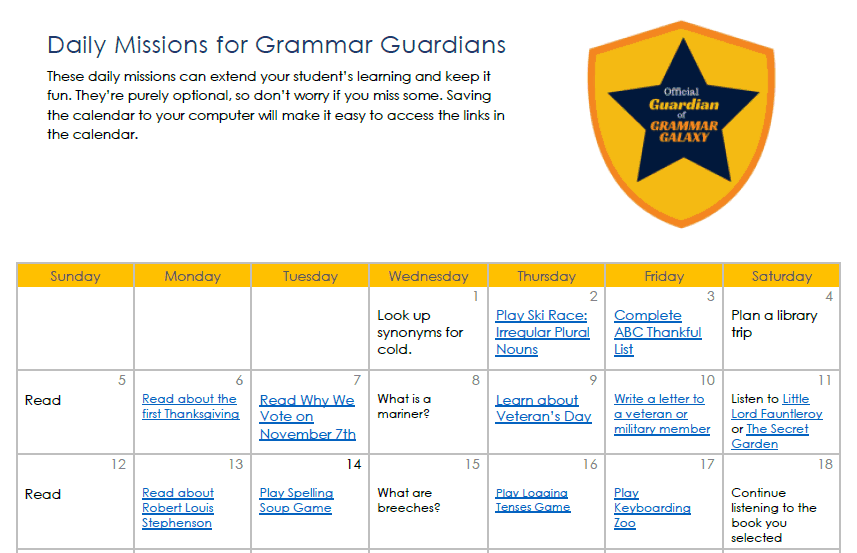

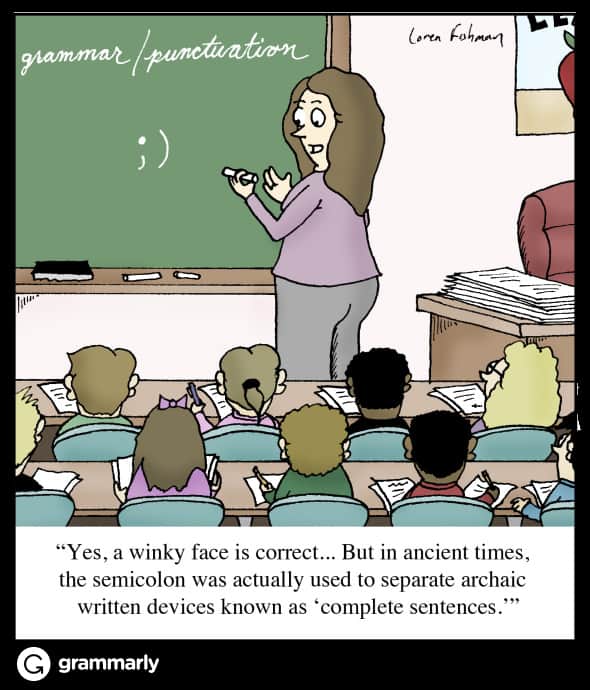
Thanks so much for this post! We’re not quite up to teaching grammar just yet (DS is almost 6), but these resources will be so useful when we are. Even though I’m a bit if a grammar nerd myself, I struggle to explain why things should be so to others. In other words, I know the ‘what’, but not the ‘why’. The Jessie Bauer books look perfect for this!
Hi Kate,
That was me!
‘That’s wrong.’
‘Why?’
‘I don’t know, it just is!’
Glad it’s been helpful,
Kelly.
I have three girls that I’d like to combine for grammar. I’m looking into FFL3, and wonder if you were able to combine instruction with multiple students, or if it only works well in a one-on-one setting?
Hi Anna, I started with my three girls together, and it worked just fine. My eldest wanted to do it faster than my twins (she ended up doing 8 lessons per week!), but my twins continued along together. The workbooks are really well set-up, so it’s easy to do it with a small group. Hope that helps!
Thank you so much for this post. I really needed this.
I speak well but struggle to pass that on to my children.
Now I will be able to teach them ❤️ Hopefully
Thank you for this post! I know I cam coming late to this but this is my first year homeschooling our four children (grades 7th, 4th, 3rd and K). For the older three I am trying to teach them grammar and really struggling! We are stuck just on the parts of speech! I don’t have a set curriculum that we are using and am finding it hard to gather materials to teach this logically. That and I feel like some of the other curriculum veer off from just basic grammar. Since even my 7th grader is struggling with verbs, helping verbs, nouns, adverbs (you get the picture) I want something basic that I can really use to teach them and reinforce this early on. I was excited to see your comments on the First Language Lessons books. I’m wondering what level I should start with for my kids? Is it worth starting at the beginning with Level 1? or will that be way to elementary for my older kids? Also, when I click on the link there are so many different versions. If you are able to provide me more direction I would greatly appreciate it!!! Thanks so much!
Hi Melodie,
I would begin with Level 3, the levels are quite repetitive. We found it easy to begin at Level 3 at age 8-9.
You’ll need the teacher book and the student book. I bought the PDF student book so I could reprint it for multiple children.
Hope that helps!
Kelly.
I’d be interested to know what your thought are about the WTM grammar now that you’ve had some time to use it.
Hey Melinda,
Great question, I should edit this post. In short, GWTM was too in-depth. FLL is an introductory level and useful to everyone, but GWTM seems more at a professional/university level. We did about 40 lessons but the girls protested that they didn’t need that level of knowledge and they weren’t enjoying it or finding ways to apply it, and they were right, so we stopped.
If my kids had a special interest in language, grammar, and editing it would be great, but they don’t so it was too much.
I’d love to see something in between.
Hope that helps,
Kelly.
Grammar Galaxy does look fun. Do you think First Language lessons would be needed in addition or is Grammar Galaxy enough on its own? I have an 8 year old boy who is not a fan of anything writing related.
Grammar Galaxy is a full language arts curriculum, so that on its own will be perfectly fine. We had First Language Lessons first, and I continued doing it with the boys along with Grammar Galaxy because I have a bit of a thing for grammar!
Thank you so much for the prompt response and for the suggestions on books! I am excited to look into this! Take care! Melodie
Hi, did you make any decisions for what program was next? I feel exactly like you do about GWTM. My kids are 7th and 5th, and we are almost done with FLL 4. I bought GWTM but feel like so much of it is totally unnecessary. I’m looking for a program that is more “functional grammar” than grammar that is so incredibly detailed. I also have Analytical Grammar, but I feel the same way about that program. Did you find any middle ground with another program? I need just grammar, not writing, and that can be a challenge, too. If I can’t find anything else I suppose I’ll just pick and choose certain lessons, but I really want them to do the basics REALLY well, rather than do 100 things only “sort of” well.
We never went onto anything else, which I found a bit disappointing. You summed it up well with the comment about knowing the basics well, there’s a bit of a gap in the market there. Nothing seemed to suit and the girls weren’t very keen. However, they’re all learning foreign languages very enthusiastically and have picked up more grammar that way. I’ll also be doing more context-based learning with my eldest this year as she’s going to university so will be doing a lot of academic writing. But if you find anything wonderful I’d love to hear about it for my younger children!
Am so confused!
I have kids from grade 1 (very very limited English knowledge), a grade 4, a grade 7 and a grade 10. Traditional schooling has not being kind to their education so I have essentially children that have no knowledge, little knowledge and/or gaps in knowledge, yay. I also have 3 out of 4 that seem to really resent English.
Which one is more suitable for my family? FLL or GG?
And in addition to that I need to consider cost; I see that both could be pretty pricey if I went out and brought the whole series and student workbooks that go along with them.
Any guidance would be appreciated, thank you. Chrissy
Hi Chrissy,
I’d start the grades 7 and 10 on First Language lessons level 3, it’s the quickest way to get the grammar basics. You can then use it for the younger children when they’re ready for it.
For the younger ones, lots of exposure to language via read-alouds and independent reading will give them the best basis for future learning. The library is the best for this.
Hope that helps,
Kelly.